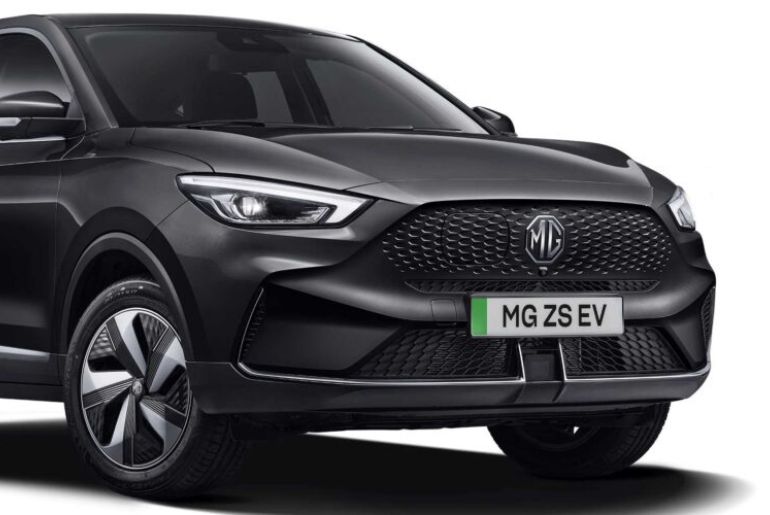Being the first is no longer important in India’s passenger car electric vehicle market; being quicker and more modern is now more important. As the once-undisputed leader, Tata Motors is being overtaken by two competitive rivals; MG Motor and Mahindra & Mahindra combined accounted for 53% of the market in June 2025, effectively outselling Tata by a two-to-one ratio.
Total E-PV registrations climbed by 78% annually to 13,033 units, mostly due to improved model availability, rising urban use, and improved customer comfort with electric powertrains. Despite the fact that aggregate volumes rose, the key story is the shifting power dynamics. Tata’s market share fell from 62.7% to 35.8% in the previous year, whereas MG and Mahindra quickly increased with new EV-first vehicles and more astute positioning.
Despite a losing run, Tata Motors held the top rank in June with 4,664 units sold, but the margin is narrowing quickly. The brand’s initial success is already starting to show indications of saturation, based on ICE-to-EV conversions like the Nexon EV and Tiago EV. As competitors bring particularly developed EVs to the market, Tata’s current lineup is starting to suffer the effects of competition.
Tata delivered 13,982 units, a 7% decrease in volume even in the April–June quarter, whereas MG and Mahindra exceeded their total H1 FY25 numbers in just three months, indicating a shift in momentum.
MG and Mahindra Steal the Spotlight
The largest disruptor in the industry is now MG Motor. Its June sales of 3,945 units, increasing 167% year over year, give it a 30.3% market share. The Windsor, a reasonably priced, midsize electric SUV, has proven crucial to its success. Windsor’s balanced specifications and excellent urban appeal have allowed MG to quickly catch up to Tata.
The rise of Mahindra has been much more spectacular. Mahindra has established a solid third-place position with a 22.9% market share thanks to 2,979 EV registrations in June, a startling 512% increase over the previous year. Customers seeking contemporary, performance-focused EVs are responding favourably to its electric-first INGLO platform and expanding SUV lineup.
Others in the Fray: Uneven Progress
Although somewhat lower than May sales, Hyundai sold 509 units in June, a significant increase from just 63 units a year earlier, mostly due to Creta EV sales. While European companies like Citroën, Volvo, and Audi continue to struggle with size, pricing, or positioning, BYD managed to sell 461 units while BMW sold 212 EVs, maintaining its position in the luxury market.
What the 2:1 Shift Means
This serves as a wake-up call for Tata Motors. If it hopes to stay relevant as the market grows, its legacy-driven EV strategy must soon change to include new models, contemporary platforms, and a more compelling value story in the entry and mid-level segments.
The next frontier for MG and Mahindra is portfolio breadth, deeper network expansion, and brand consolidation—areas in which they appear to be accelerating already.

